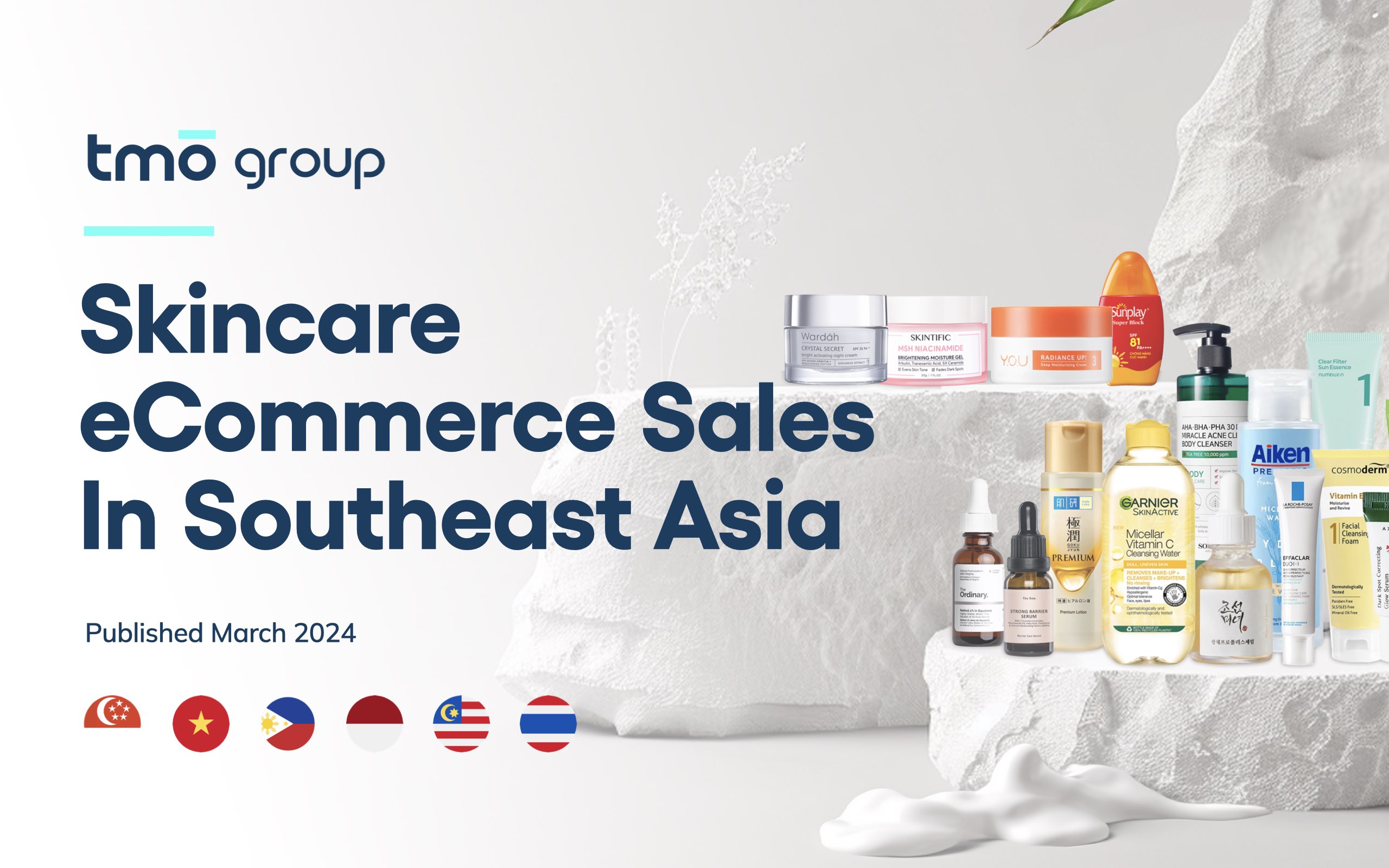China's cosmetics market has grown hugely over the last decade. Currently the world's second-biggest market for cosmetics, 2019 figures estimated that China would at last overtake the US by 2023. Developments in recent years have seen domestic brands grow in size and sophistication. Meanwhile, premium international brands have also found a larger consumer base. Here we look at the key factors to keep in mind when eMarketing cosmetics in China.
Understanding the Demographics
It would be an understatement to say the 2010s were a prosperous decade for China's massive population. In that time, China's middle class has more than doubled. Additionally, the country pulled historic numbers out of poverty all across the vast nation. As a result, Chinese consumers at every wealth bracket have more spending power than ever before.
The coming-of-age of the generation born in the 90s has also had a big impact. Now with even its youngest members in their 20s, this famously luxury-oriented and consumer-minded generation has forever changed the market and opened the doors to flourishing consumerism. This demographic is enthusiastic, tech-savvy, and social media-oriented. But one quality they share with older generations is a trust in brand reputation when it comes to determining quality.
Differentiating Marketing
Despite the cliches, the Chinese population is anything but homogenous. This is especially true when it comes to the population as consumers. Beyond the generational divide we already mentioned, there are also observable differences between cities.
In previous decades, most overseas brands have focused on the Tier 1 cities in China, particularly Beijing and Shanghai. These cities developed faster than the rest of the country, and so overseas brands looking to sell at higher costs than local competitors focused here. However, in the past decade we've seen not just Tier 2 but even Tier 3 and 4 cities develop and grow wealthier. This means that there are a wider range of consumer bases in China than just the major international hubs. But this isn't to say that these other cities merely became the same as Beijing. Their wealth hasn't erased many of the fundamental differences between the cities. Marketing that can tap into what makes the far more numerous Tier 4 cities tick can capitalize on a huge potential market.
Capitalizing on Emerging and Fast-Growing Segments
Despite its size, the Chinese cosmetics market is far from settled. New market segments are experiencing rapid growth. Some others are seeing sudden surges in popularity despite having been around a while. The star of this latter group is the skincare segment, which had always performed well but has been rising sharply for the last few years.
Emerging trends include the continuing rise of male cosmetics, driven in part by increasingly popular male KOLs who focus on this area. Additionally, product consolidation has become a trend. For some, this is a matter of indulging their laziness. One product that lets them avoid having to use half a dozen is an absolute win for this crowd. For others, it's about ordered efficiency - and so segments like cosmeceuticals are ones to watch.
Honing in on the changes in consumer attitude driving these trends - towards more inclusive cosmetics, and towards simple but effective regimens - is key in successfully grabbing these consumers' attention.
Cross-Border Advantages
There are many sound business reasons for a brand to sell to China using cross-border channels. But this angle can be leveraged in your marketing approach too! By staying exclusive to such import channels, you can present an image of exclusivity and of genuine foreign quality. Also, due to differences in registration and testing requirements, this channel allows your products to bypass animal-testing requirements that domestic products must abide by. This frees you up to market along ethical lines, to target a growing demographic of socially conscious consumers in China.
If you're interested in exploring the advantages of selling cross-border to China, or want to know more about entering this exciting market in general, check out our China eCommerce Market GuideThis in-depth China eCommerce Guide can help your company rise to the challenges of the Chinese market and sell via cross-border. Updated for 2020!China eCommerce Market Guide, newly updated for 2020.














